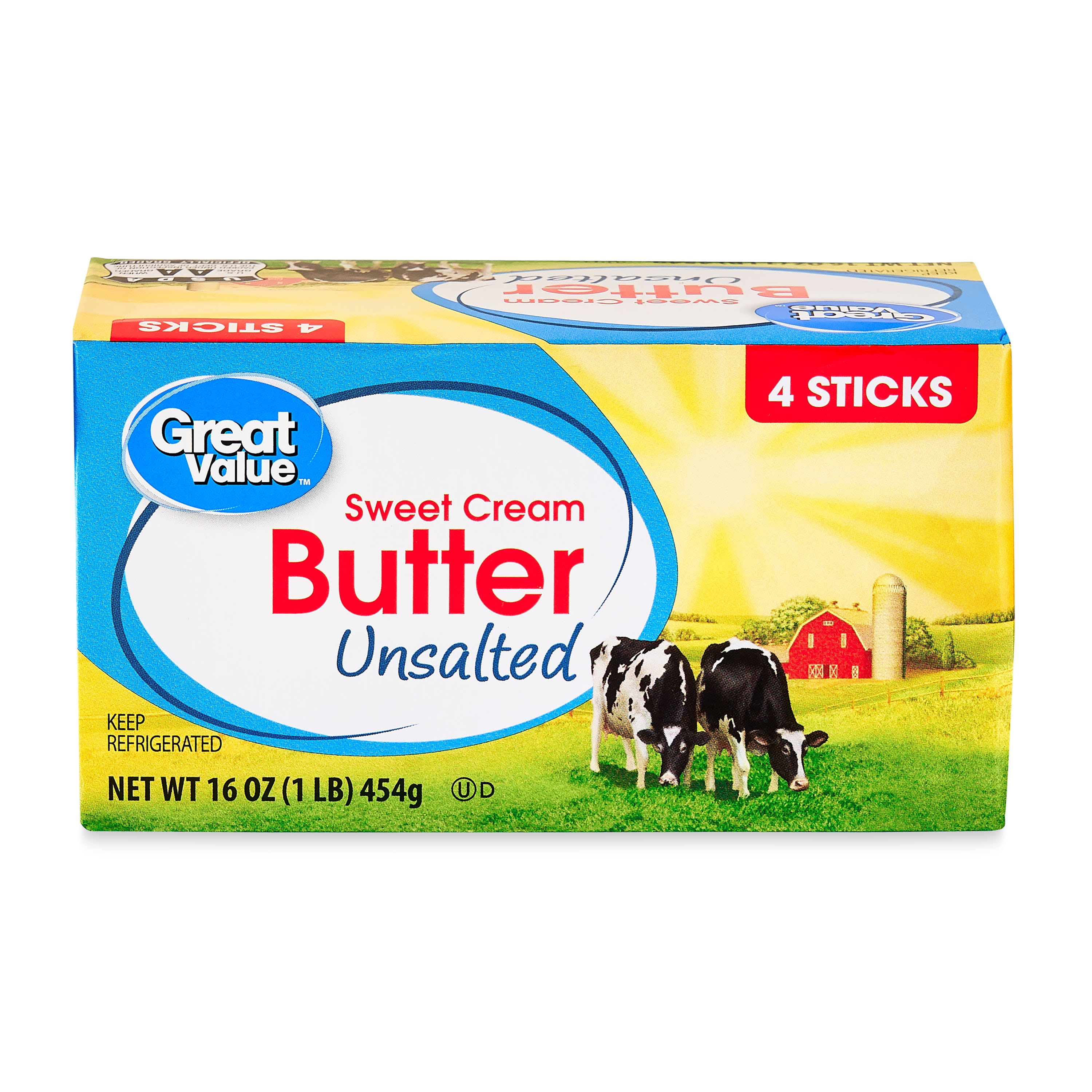3 Answers sorted by
Tablespoons of butter.
A tablespoon is a unit of volume. Namely, it is one-sixteenth of a cup.
Now, there are two distinct units called “ounces” that are commonly used in the United States. One is the avoirdupois ounce, also know as the United States customary ounce, which is a unit of weight; it is one-sixteenth of a pound. The other is the U.S. customary fluid ounce, which is a unit of volume; it is one-eighth of a cup.
One-sixteenth of a cup is a tablespoon. One-eighth of a cup is an ounce (fluid). One-eighth of one-half of a cup is a tablespoon. These are all measures of volume.
Butter, however, is sold by weight:
The 16-oz. package of butter in the photo above says that it contains four sticks. This is one stick:
The stick is divided into eight “tablespoons”.
But the “tablespoons” of butter depicted above are not one tablespoon each in volume. And there is no such thing as a unit of weight called the “tablespoon”.
So what is this? Well, one stick of butter is 4 ounces in weight. 8 ounces in volume is one cup. By analogy, if we think of 8 ounces in weight as a “cup” in weight (which is not actually a real weight unit!), then one-sixteenth of that weight is a “tablespoon” in weight (by analogy with one-sixteenth of a cup in volume being a tablespoon in volume). Neither cups nor tablespoons are real weight units! But if we call an 8-oz. weight a “cup”, then we can call a 1/2 oz. weight a “tablespoon”.
Sticks of butter are divided into metaphorical tablespoons of butter.
Music pitch (high/low); the metaphor is so embedded in me from pre-memory days that I struggled to accept that it's just a convention. Many other binaries (such as long/short) would work just as well.
Isn't it the case that when you sing a high note, you feel something higher in your mouth/larynx/whatever , and when you sing a low note, you feel something lower? Seems difficult to tell whether I actually do need to do that or I've just conditioned myself to, because of the metaphor.
In relativity, space and time are just different directions in spacetime with a single pseudometric determining separation between events. With this understanding, the time/space distance metaphor is more literal than most people think.
The correspondence isn't exact since it's a pseudometric and not a standard metric, and everyday units of time correspond to much greater than everyday units of distance, but it's still more than just a metaphor.
A classic example is that, at least in English, time is often described using distance metaphors
For me, I knew this was a metaphor, but until I took Mandarin in college I never realized that other languages/cultures/people used different spatial metaphors for time. Is the future in front of you, or behind? Are you moving towards it, or it towards you? This has some practical applications, since apparently even in English people have different intuitions about what it means to push a meeting or event up/out/back/ahead.
And English has it backwards. You can see the past, but not the future. The thing which just happened is most clear. The future comes at us from behind.
Tad James has a fascinating theory called timeline therapy. In it, he explores how different people represent their timelines and his theory about how shifting those representations will change fundamental ways you relate to the world.
I have time-space synesthesia, so I actually picture some times as being literally farther away than others.
I visualize the months of the year in a disc slanted away from me, kind of like a clock with New Years being at 6pm, and visualize years on a number line.


I love this question, but I've enjoyed noticing answers to its opposite more. What are some things you thought weren't metaphors but were surprised to learn actually are metaphors.
A classic example is that, at least in English, time is often described using distance metaphors. For example, we talk about things taking a "long" or a "short" amount of time, about events that happened in the "distant past" or will happen in the "near future", and how two events can be said to happen "close" or "far apart" from one another in time.